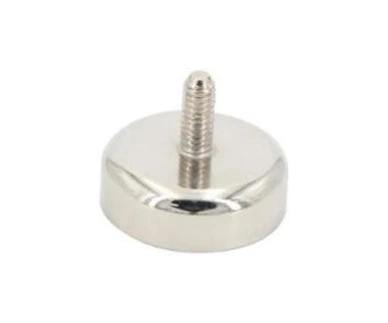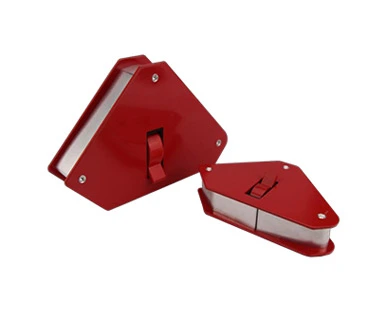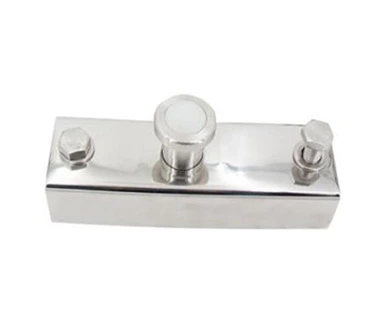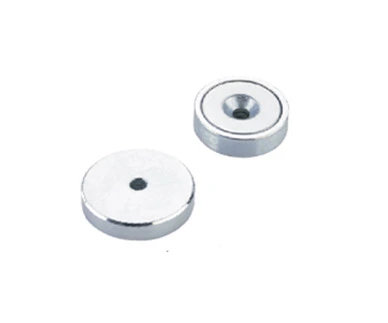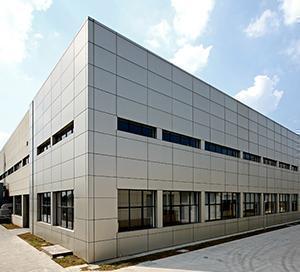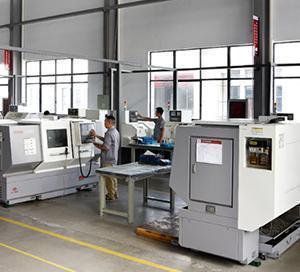Electric motors and generators: Some electric motors rely upon a combination of an electromagnet and a permanent magnet, and much like loudspeakers, they convert electric energy into mechanical energy. A generator is a reverse: it converts mechanical energy into electric energy by moving a conductor through a magnetic field.
Medicine: Hospitals use Magnetic Resonance Imaging to spot problems in a patient's organs without invasive surgery.
Transformers: Transformers are devices that transfer electric energy between two windings of wire that are electrically isolated but are coupled magnetically.
Chucks: Chucks are used in the metalworking field to hold objects. Magnets are also used in other types of fastening devices, such as the magnetic base, the magnetic clamp and the refrigerator magnet.
Compasses: A compass (or mariner's compass) is a magnetized pointer free to align itself with a magnetic field, most commonly Earth's magnetic field.
Art: Vinyl magnet sheets may be attached to paintings, photographs, and other ornamental articles, allowing them to be attached to refrigerators and other metal surfaces.
Science Projects: Many topic questions are based on magnets. For example: how is the strength of a magnet affected by glass, plastic, and cardboard?
Toys: Given their ability to counteract the force of gravity at close range, magnets are often employed in children's toys such as the Magnet Space Wheel and Levitron to amusing effect.
Magnets can be used to make jewelry. Necklaces and bracelets can have a magnetic clasp or may be constructed entirely from a linked series of magnets and ferrous beads.
Magnets can pick up magnetic items (iron nails, staples, tacks, paper clips) that are either too small, too hard to reach, or too thin for fingers to hold. Some screwdrivers are magnetized for this purpose.
Magnets can be used in scrap and salvage operations to separate magnetic metals (iron, steel, and nickel) from non-magnetic metals (aluminum, non-ferrous alloys, etc.). The same idea can be used in the so-called magnet test, in which an auto body is inspected with a magnet to detect areas repaired using fiberglass or plastic putty.
Magnetic levitation transport, or maglev, is a form of transportation that suspends, guides and propels vehicles (especially trains) through electromagnetic force. The maximum recorded speed of a maglev train is 581 kilometers per hour (361 mph).
Magnets may be used to serve as fail-safe devices for some cable connections. For example, the power cords of some laptops are magnetic to prevent accidental damage to the port when tripped over. The MagSafe power connection to the Apple MacBook is one such example.
 English
English 日本語
日本語 한국어
한국어 français
français Deutsch
Deutsch Español
Español italiano
italiano русский
русский português
português العربية
العربية
